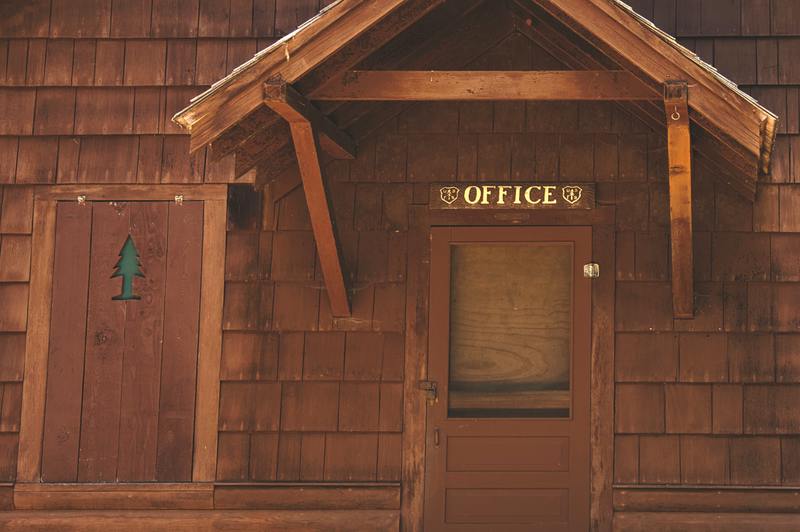Mildew is an enemy to our house, especially its interiors like wood and concrete. Read through and know how to remove mildew from wood siding in seven simple steps!
The sidings are the first line of defense of your home against different elements. As time goes by, these elements take a toll in the sidings through the growth of mold and mildew.

Mold Vs. Mildew
Mold and mildew are both fungi and are often hard to tell apart. Here are some tips to help you identify which of them happened to grow in the wood sidings of your home.
Mold usually appears slimy or fuzzy and comes in different colors. Mold growth is a serious issue that can cause structural damage to your house and health problems to you and your family if left to grow unchecked.
This type of fungi does not come to sight in its early stage of development. When you smell a musty and strong pungent odor, especially on areas of high moisture, check for mold growth.
To get you into action, check out this article to know how long does it take for mold to rot wood.
Mildew, unlike mold, is fluffy or powdery and usually just appears in colors like white, gray, or yellow. Usually, it grows on plants and crops but can also be seen indoors.
Mildew can cause mild symptoms like coughing, sore throats, and headaches. However, since it only grows on surfaces, it is easier to clean and has less risk of health issues.
For more information, know what does powdery mildew look like through checking out this article.
Steps To Get Rid Of Mildew In Wood Siding
Compared to mold, dealing with mildew is less tiring. It just takes seven simple steps, and your wood sidings will be free and fresh once again.
Step #1. Cover the plants
If there are nearby plants in the area of contamination, cover them with plastic or any other material that is not easily penetrated. It is to protect them since they are prone to mildew.
Step #2. Wear protective clothing
Of course, not only the plants are at risk of mildew. Keep yourself safe by wearing protective eyewear, a mask, and a pair of gloves.
Step #3. Choose or create your mildew remover
There are a handful of options available in the market for a good mildew remover. However, if you want something convenient and budget-friendly, you can just use the available materials in your home.
For a DIY mildew cleaner, mix 1 quart of household chlorine, 1/3 cup of all-purpose detergent, and 3 quarts of warm water. If available, you can also add an amount of washing soda or cleaner with trisodium phosphate for more effective cleaning.
Step #4. Test the solution
Once you are done with your solution, try it in a small area of wood siding and see if it works. If it is not, try adding some of the ingredients and try again until you see good results.
Step #5. Apply the solution
With a spray bottle, wet the wood sidings with the solution. Let it sit for about 10 minutes to let the surface absorb.
Step #6. Scrub the wood sidings
Using a soft brush or sponge, scrub the surface to remove the mildew spores. Work your way from the bottom to the top of the wood sidings.
Step #7. Rinse and dry
One thoroughly scrubbed, rinse the wood sidings with water by using a hose. Then, let it dry completely.
Preventing mildew in the future
The smartest way to fight mildew is to stop it from growing in the first place. Below are tips you can do.
- Regularly trim the branches of trees and bushes in your yard to reduce the amount of moisture that can access your wood sidings. It is very important to watch the moisture level as it is the most significant factor in mildew growth.
- Check your house once in a while for possible fungal growth. Allot some time to walk through your home and inspect each corner for any damage.
- Reseal your wood sidings every couple of years or repaint them every five years or when you notice visible cracks or chipping.
- Clean your wood sidings regularly. The dirt and dust build up in the sidings make them susceptible to mildew growth.
In cleaning, you may use a cleaning solution. Apply it to the wood sidings, scrub, and rinse thoroughly.
Conclusion
Keeping your wood sidings in good shape is an excellent way to maintain the appeal of your home. It makes your house sturdy and keeps you and your family safe from health issues brought by fungal contamination.
Now that you have learned how to remove mildew from wood siding, it will look better and perform well for a more extended period of time. Your house is now completely protected.
